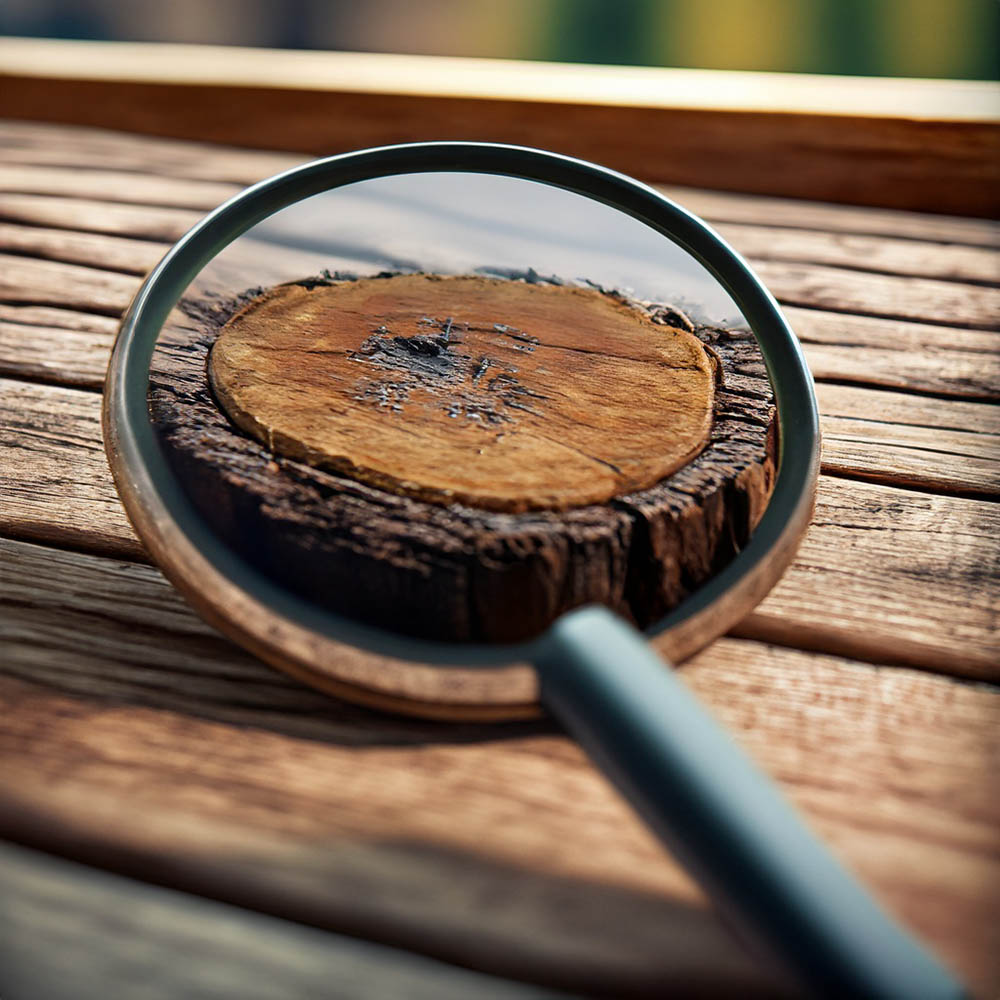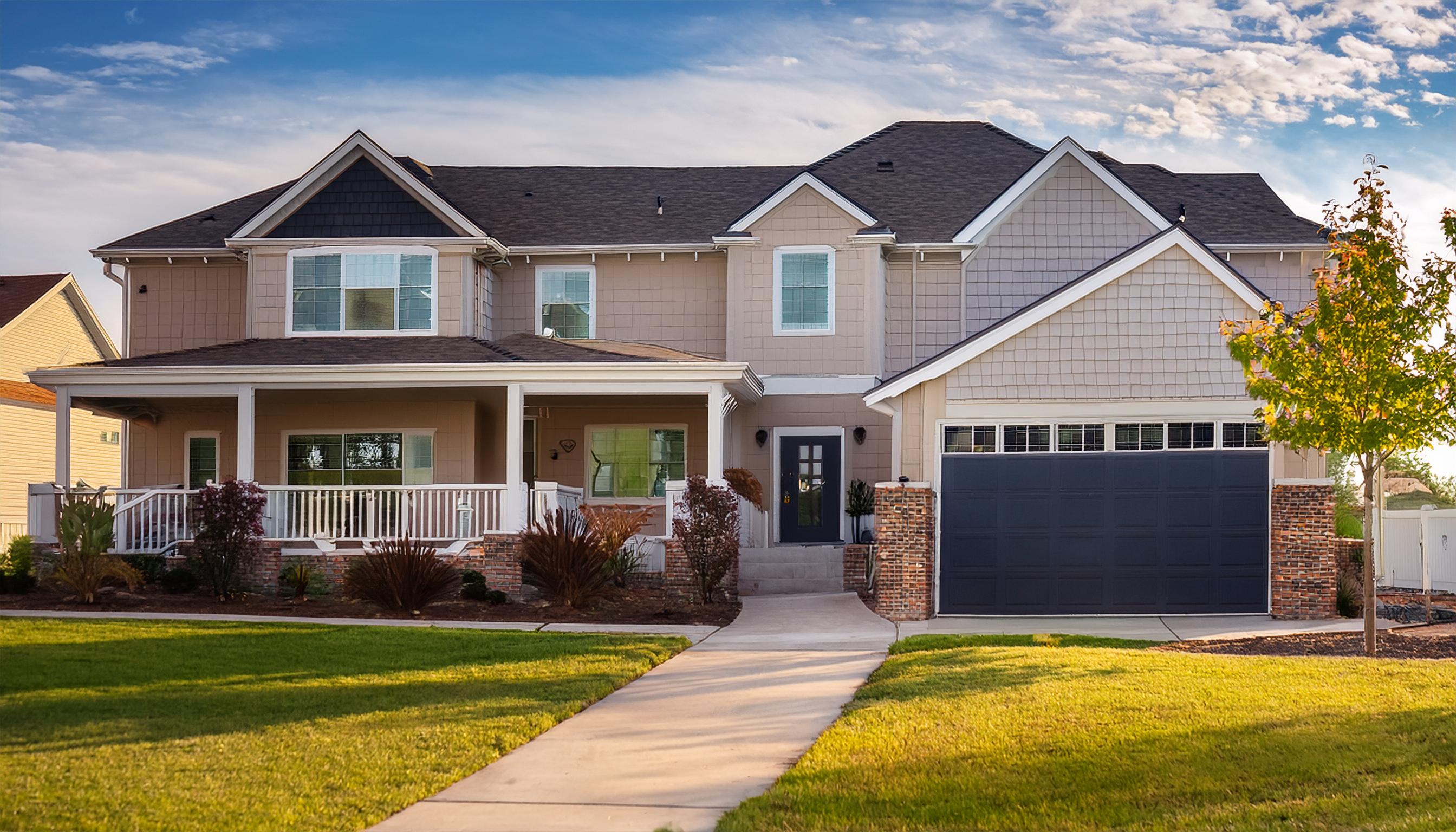A Step-by-Step Guide to Dry Rot Repair for HOAs

Table of Contents
Understanding Dry Rot: The Silent Threat
- What is Dry Rot?
- Signs and Symptoms
Spotting Dry Rot: Early Detection Saves the Day
- How to Identify Dry Rot
- Common Indicators
Causes of Dry Rot: Addressing Moisture Intrusion
- Factors Contributing to Dry Rot
- Impact of Moisture on Wood Decay
Treatment Strategies: Conquering Dry Rot
- Eliminating Moisture Sources
- Removing Infected Wood
- Professional Treatment Options
Prevention Measures: Building a Defense Against Dry Rot
- Importance of Regular Inspections
- Preventive Maintenance Tips
Relating to SB 721 and SB 326: Legislative Implications
- Understanding Senate Bills 721 and 326
- Compliance and Safety Considerations
Welcome to our comprehensive guide on addressing dry rot issues, a common concern that can impact the structural integrity of properties managed by Homeowners Associations (HOAs). Whether you’re a homeowner, property manager, or part of an HOA board, understanding how to identify, treat, and prevent dry rot is essential for maintaining the value and safety of your community. In this article, we will explore the ins and outs of dry rot repair, incorporating insights related to Senate Bills 721 and 326 (SB 721 and SB 326) to underscore the importance of proactive maintenance in safeguarding your property.
Understanding Dry Rot: The Silent Threat
Dry rot is a type of wood decay caused by fungi that thrive in moist environments. These fungi feed on the cellulose and hemicellulose in wood, leading to its deterioration over time. Identifying dry rot early is crucial as it can compromise the structural stability of buildings if left unchecked. Common signs include darkened, warped wood, musty odors, and the presence of fungal growths.
Spotting Dry Rot: Early Detection Saves the Day
Detecting dry rot requires keen observation of changes in wood appearance and smell. Look out for discoloration, warping, or a mushroom-like growth on surfaces. Brownish-red dust under carpets or in hidden corners may indicate the presence of dry rot. Prompt action upon spotting these signs can prevent further damage and costly repairs down the line.
Causes of Dry Rot: Addressing Moisture Intrusion
Moisture is the primary culprit behind dry rot. Leaky plumbing, poor ventilation, condensation, or water infiltration can create ideal conditions for fungi to thrive. By addressing these moisture sources promptly, you can mitigate the risk of dry rot infestations and protect your property from structural damage.
Treatment Strategies: Conquering Dry Rot
To combat dry rot effectively, start by eliminating sources of moisture within your property. Repair leaks, improve ventilation systems, and consider using dehumidifiers to reduce humidity levels. Infected wood should be promptly removed and replaced with treated timber to prevent further spread of the fungus.
For severe cases of dry rot or instances where DIY solutions are insufficient, seeking professional assistance from companies specializing in dry rot repair is recommended. These experts can provide targeted treatments such as fungicidal sprays and injections to eradicate the fungus completely.
Prevention Measures: Building a Defense Against Dry Rot
Prevention is key when it comes to combating dry rot. Regular inspections, especially in moisture-prone areas, can help catch issues early on. Ensure proper ventilation throughout your property, address leaks promptly, and consider applying wood preservatives as a protective measure against future infestations.
Relating to SB 721 and SB 326: Legislative Implications
Senate Bills 721 and 326 (SB 721 and SB 326) underscore the importance of regular inspections and maintenance for balconies and elevated structures in California. By proactively addressing issues like dry rot through routine assessments and repairs, HOAs can ensure compliance with these legislative requirements while safeguarding residents’ safety.
Remember, proactive maintenance practices are key to preserving the longevity and safety of your property. By staying informed and taking timely action against issues like dry rot, you can protect your community’s well-being while ensuring compliance with relevant legislation.
Q&A Time: Let's answer some common Balcony Inspection Questions
Q1: How does dry rot impact property values within an HOA?
Dry rot can compromise structural integrity, leading to costly repairs and potential devaluation of properties within an HOA.
Q2: What role do SB 721 and SB 326 play in addressing structural safety concerns?
SB 721 mandates regular inspections for balconies in multi-family dwellings to prevent accidents like balcony collapses.
Q3: Can dry rot lead to violations under SB 721 or SB 326?
Yes, neglecting maintenance issues like dry rot could result in violations under these bills due to compromised structural safety.
Q4: Are there specific guidelines for addressing dry rot within an HOA setting?
While not explicitly outlined in SB 721 or SB 326, maintaining a proactive approach to maintenance aligns with the spirit of these legislative measures.
Q5: How can HOAs ensure compliance with SB 721 and SB 326 regarding structural inspections?
Contact DrBalcony for a professional inspection!
Ensure the safety of your balcony and living space with DrBalcony - We're a Tech Engineering firm that specializes in California SB326 & SB721 balcony inspections. Over 300+ completed projects in California.
Request A Free EstimateClick To CallSimilar Blogs
Balcony Inspections in Fresno
Balcony inspections for Fresno's agricultural community. Address unique challenges, ensure safety, and comply with regulations. Contact DrBalcony today.
Read MoreSB326 Inspection: Your HOA’s Shield Against Liability and Costly Repairs
Don't let balcony repairs drain your HOA's budget. Discover how SB326 inspection can save you money by identifying issues early...
Read MoreBalcony Inspections 101: Understanding the SB 721 & SB 326 Inspection Reports
For homeowners associations and property managers in California, dealing with balcony and stairway inspections mandated by laws SB 721 and...
Read MoreStair Repair: How to Fix Decayed Wood and Prevent Future Damage
Stairs, the unsung heroes in our homes, HOAs, and properties, bear the burden of daily traffic, and over time, can...
Read More



